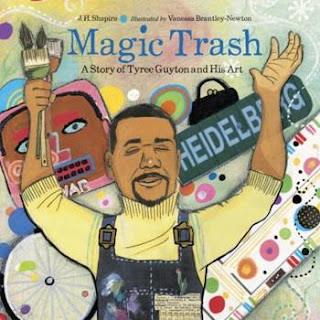*previously published by Carly & Adam
**This post contains an affiliate link.
Learning through play can engage students by making learning more hands-on and active. We can introduce students to tools that support play-based learning and provide opportunities for students to use these tools throughout the school day and in a variety of ways.
Are you ready to infuse some play-based learning into your classroom? This post will share eight tools (some of which you probably use already) to try with your students, as well as a few quick ideas for classroom use.
- Play dough
Grab any color of dough and create anything your imagination comes up with. A character from a favorite book, something from nature, or a favorite pet, play dough can be used to create anything. Bright colors and smooth textures make it a playful tool for any classroom. Play dough can also serve as a tool to fidget with or help as a stress reliever.
2.
Cori
If you haven’t tried Cori yet, you are missing out! This unique cardboard kit allows students to build and design vehicles and contraptions or create something completely on their own. Easy to use and sturdy for building, this tool is perfect for a play break or to incorporate into your next STEM lesson. Add some Cori products to your school makerspace or include it as a building tool in your classroom.
3.
Fancy markers
Smelly markers, fat markers. Bold colors or pastels. Glitter pens or highlighters, kids love creating with fancy markers. Offer any kind of marker for a play break and let students imaginations soar! Students can use fancy markers to sketchnote their ideas after reading a story or to draw a graphic organizer to further their understanding. Write their spelling words in rainbow colors or practice counting by 2’s with “bingo daubers”. Markers can be a playful way to highlight a text or just have fun and doodle.
4.
Puzzles
Jigsaw puzzles offer a space for groups to
gather and work together. Digital puzzles can be fun too. Learners might also
like word puzzles, math-related puzzles, and brain teasers. All types of
puzzles can engage learners in different types of play. Consider having an area
in the classroom where students can access different puzzles. These can be used
during learning centers, free choice time, or even at recess. Better yet, find
ways to incorporate puzzles into your content lessons.
5.
Strawbees
These simple straws and connectors can offer hours of fun. In a learning center or for a play break, students can build on their own or use the idea cards that come in the Strawbees kits. Construct a house or even a skyscraper. Build a build or a helicopter. Students can play freely with Strawbees or build to meet a specific challenge.
6.
Sidewalk Chalk
Write your name or your vocabulary words in squiggly rainbow letters. Draw a map or try some hopscotch. A little chalk and an empty sidewalk are an invitation for little kids (and big ones, too) to play. Take is outside to create a Venn diagram or to write math facts. Sidewalk chalk will make any lesson a little more playful.
7.
Specdrums
From Sphero, this hands-on tech tool offers creative kids the chance to make and remix their own music. Add the Specdrum rings to your fingers, then tap any surface to create different sounds and beats. This active technology allows anyone to become a music maker. Students will love exploring sounds with this tool, while others might create a soundtrack of their very own.
8.
Canva
This app isn’t just for graphic designers. Canva is a cool digital tool for making just about anything--slides, posters, or invitations. Creative kids can use Canva’s free platform to explore with colors, images, fonts, and stickers bringing to life whatever comes to mind. Create a story map or an image of your favorite character. Design a brochure of a location you are learning about in social studies. Canva is easy to use and designs can be downloaded and shared.
Want to play?
These aren’t the only tools that promote play in the classroom. You may use different tools depending on the type of play that you want to encourage. Think about any tool that sparks student interest while encouraging them to think in creative and interesting ways.
We can unlock creativity by
offering students different types of building materials, tools that encourage
movement, or materials that inspire art. All of these will foster a playful
mindset in the classroom and encourage your students to engage with others in
play!
.jpg)

.jpg)












